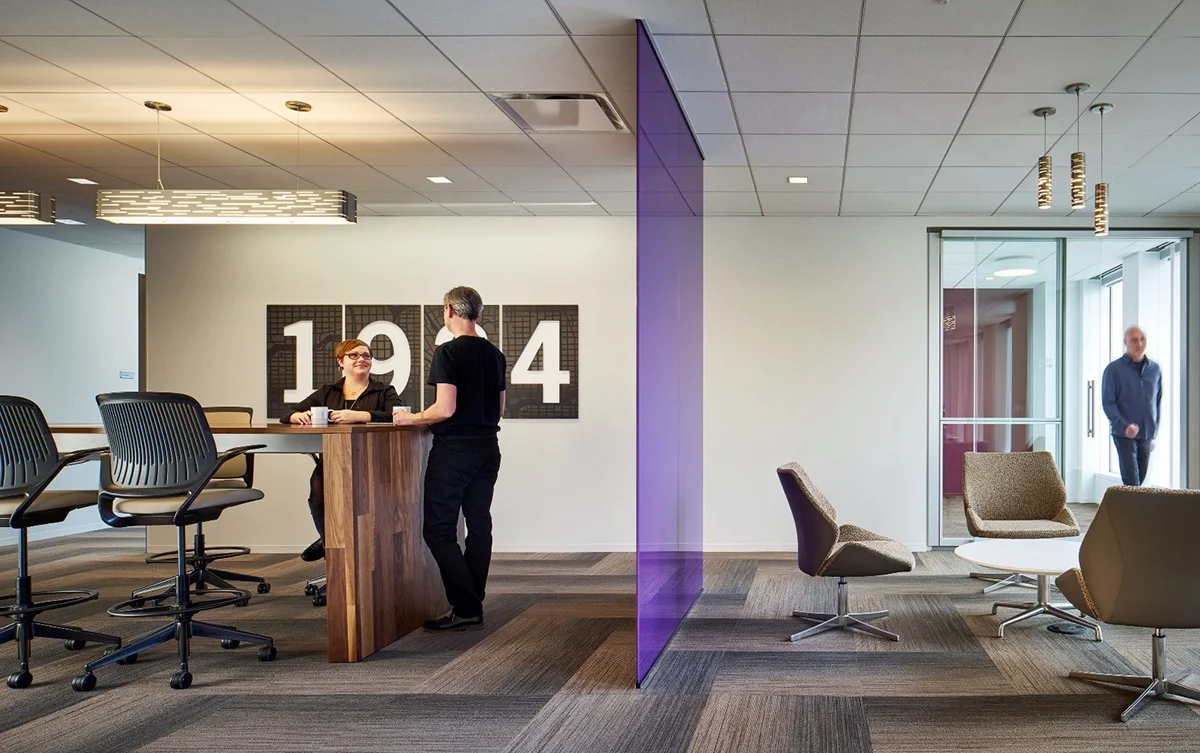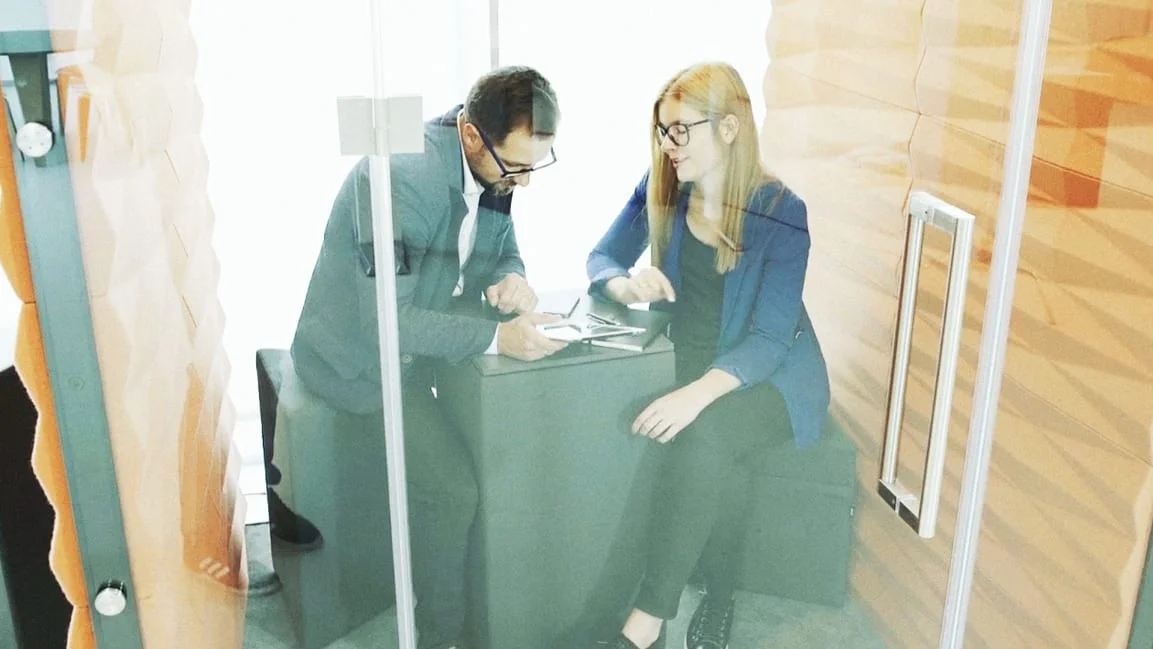As employees choose to stay at work beyond the average retirement age, these programs are becoming more important than in the past.
The World's Best Companies Offer Workplace Flexibility and Yours Should Too
Workers prize standard of technology over latest office design when moving jobs
Over half of UK workers (53 percent) say that the standard of technology is a key consideration for accepting a new job role and more than 1 in 3 (37 percent) would decline a job based on poor hardware alone, claims a new survey.
3 Key Design Considerations for Innovative Workplaces
What makes a great place to work in 2018? As we move full steam ahead into the new year, we’re observing commonalities among today’s top offices across industries - from technology and fashion to travel and media.
Can pets become a part of office life?
At the Mars Petcare offices outside Nashville, hundreds of dogs may roam the grounds or lay by their owners’ desks on any given day.
The Human Touch: Four Ways the Workplace is becoming more Human-Focused
Today, employees are seeking environments that are more mobile, flexible, and personalized. JLL’s Workplace Strategy Lead, Bernice Boucher outlines four major ways the workplace is changing for the better.
Workplace Changes Are Accelerating: Why And What Millennials Should Do About It
We’re also seeing changing in expectations of workers, and working conditions in general; for example, 43% of employed Americans now spend at least part of their time working from home, and flexible schedules are becoming more common as well.
Plant-filled spheres open at Amazon headquarters in Seattle
The facade's geometric pattern is derived from a shape found in nature, known as a Catalan solid. Underneath the glass, a layer of film helps to limit the level of infrared radiation that enters and therefore keep the interiors cool.
Five inexpensive and effective ways to promote wellness in the workplace
Encouraging face-to-face time and the social aspect of an organizational culture is crucial in support of staff engagement and organizational success.
Spaces that work: Portable walls are coming down; comfy lounges rule
Driven by the digital revolution and young adults’ preferences for comfortable, collaborative settings, they said, corporations such as Microsoft, General Electric and IBM are dismantling desks, cubicles and even formal conference rooms and private offices.
Choice Is The Most Crucial Amenity In The Office Market
Office tenants and landlords alike are putting more thought than ever into what makes a good workplace, because the stakes have never been higher.
Gensler Atlanta’s Office Expansion: A Co-Creating Environment for Our Clients
We knew the Gensler Atlanta expansion space needed to offer a variety of unique work settings that provided choices to accommodate the different modes of experience, workstyles, and personalities.
The Go-To Fix For Open Offices Is A Nightmare, Too
Digital Workplaces Shouldn't Be One Size Fits All
Organizations should be supplying employees with choices — in both their digital and physical workplaces — to support multiple working styles and collaboration needs.
Why Amazon built its workers a mini rain forest inside three domes in downtown Seattle
The striking architecture, designed by the firm NBBJ, includes more than 620 tons of steel and 2,643 panes of glass and no enclosed offices, desks or conference rooms.
Is There a Future in Retail Banking? Part II
It is critical to not view the physical branch as just another sales channel, but as an important touchpoint along a customer’s journey.
Give your HQ some heart: Creating branded workplaces
These days, if your office space isn’t a true reflection of your brand, you’ve missed a big opportunity to connect with your audience.
Financial companies learning to better utilise office space to attract right talent
How Tech Giants Are Keeping Employees Happy Through Innovative Workspaces
Collaborative workspaces strengthen meaningful relationships that keep people connected to their jobs.
These are the states where the most people work from home
FlexJobs found that 3.9 million U.S. employees (2.9% of the total U.S. workforce) work from home at least half of the time, up from 1.8 million in 2005.

























